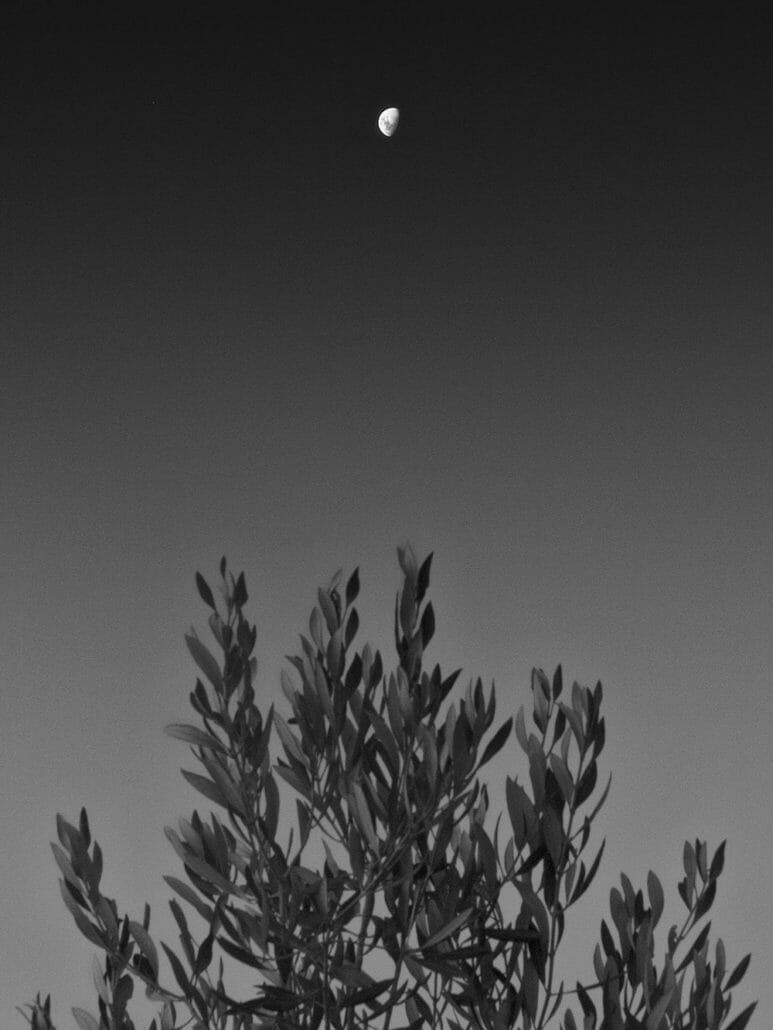Photo by Nicholas Coleman
Coleman Collection #4
PRODUCER
Zoetigheyd
CULTIVAR
Coratina
Harvest Date
May 2016
REGION
Eilandia, South Africa
Peter Unite’s olive grove is a testament to the vitality of biodynamic farming. This term comes from Austrian writer, educator and social activist Rudolph Steiner, meaning: “a holistic understanding of agricultural practices…it treats soil, fertility, plant growth, and livestock care as ecologically interrelated tasks…striving to create a diversified, balanced farm ecosystem that generates health and fertility as much as possible from within the farm itself.”
Peter collects rainwater for olive processing instead of river water, which contains chemical pollutants, phosphates or nitrates from producers upstream. He builds wooden crosses for predatory birds to perch and pounce upon unsuspecting pests. He constructs small satellite chicken coops and releases them throughout the grove to scratch out olive beetle larvae in the soil. In the center of his grove he plants nasturtiums and sunflowers – both bright, vibrant colored plants to attract insects and predators, while circling struggling trees with marigolds whose roots release pathogenic nematodes. He’s nurturing a soil teeming with a kingdom of microorganisms.
Zoetigheyd farm grows Frantoio, Leccino and Coratina olives, the latter hailing from Puglia, Italy’s largest growing olive region. I’ve selected his monocultivar Coratina oil, an olive with statistically high polyphenol counts and typified by an herbaceous taste followed by a sharp peppery finish. This vibrancy lends itself towards tomato sauces, pastas, finfish, cephalopods or red meat, brightening all ingredients when anointing a dish.
The origins of wine production are muddled in most countries, however South Africa’s first wine was clearly documented and made on February 2, 1659. One of the country’s most influential and historical Dutch settlers, Jan van Riebeeck, documented the first pressing of wine from the Cape variety in his journal. Ever since, wine has been a mainstay in South Africa, as the ports along the coast were epic trading centers where wine was sold and traded for.
Almost all of South Africa’s vineyards are within 100 miles of Cape town. Stellenbosch and Paarl are its best wine districts. While South Africa has a lot to offer, the most important black grape variety is Pinotage, a genetic cross between Pinot Noir and Cinsaut. Consumers are either ardent fans of wines from Pinotage of they’re vehemently against them; few people take the middle ground. While the wines are tasty enough, they are less exciting than Pinot Noir wines. Since not many plantings of the grape exist outside of South Africa, the grape’s future as a popular variety rests with South Africa’s vintners. Pinot Noir, Cabernet Sauvignon, Cabernet Franc, Merlot, and Shiraz are also planted.
Other wine-growing regions are popping up, and producers are searching for the best land where hot meets cold, inevitably leading to quality grapes and eventually to complex and delicious wine. Producers in Klein Karoo and Olifants River are making some exciting wines worth seeking out.



